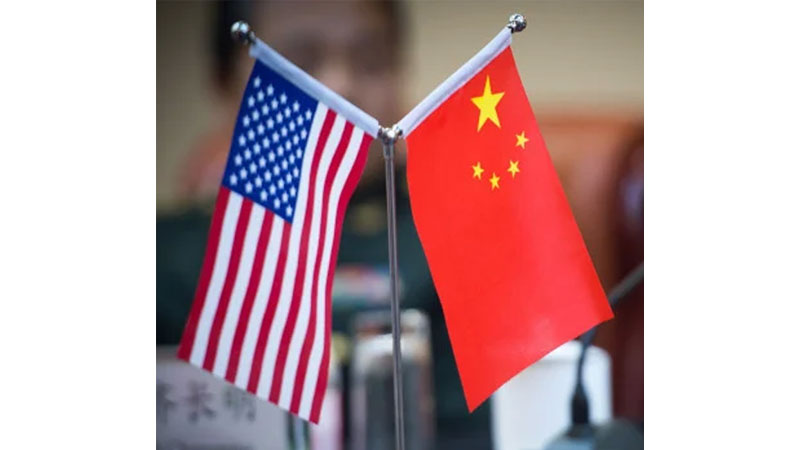A world order is shaping up from the West to East Asia. It has been noticed from the past that whenever there exists a bipolar system in the international arena, peace is not possible until one side is collapsed. The Soviet Union after disintegration in 1989, left the world in peace when both rivals carried their tentacles out from the proxy torn countries. The US viewed it the victory of capitalism and democracy and that was the end of history, according to the Francis Fukuyama, an American philosopher. The US has been the only uni-polar state where its hegemony has been witnessed in each orbit either it is an international conflict, such as Iraq-Iran conflict, Iraq-Kuwait conflict, or moving an embargo or sanctions through the UN.
 The US after becoming the sole superpower has taken a lot of unilateral decisions irrespective of the gargantuan losses. It is very clear that the developmental wheel of the US only spins in unstable Asia. China is growing fast in the region and is determined for the regional and global peace. Jim O’Neill, the head of Goldman Sachs Asset Management, is of the view that China will overtake the US economy in 2027. The first phase of cold war started when Iran took a decision to cut India out of the railway project and decided to go it alone. Iran-India cooperation on Chabahar in 2016 was a shock to Pakistan as the deal was shifting Afghanistan’s trade from Gwadar to the Iranian port. It was planned that a railway track would be laid out to link Chabahar with Zahedan and then Afghanistan through Zaranj.
The US after becoming the sole superpower has taken a lot of unilateral decisions irrespective of the gargantuan losses. It is very clear that the developmental wheel of the US only spins in unstable Asia. China is growing fast in the region and is determined for the regional and global peace. Jim O’Neill, the head of Goldman Sachs Asset Management, is of the view that China will overtake the US economy in 2027. The first phase of cold war started when Iran took a decision to cut India out of the railway project and decided to go it alone. Iran-India cooperation on Chabahar in 2016 was a shock to Pakistan as the deal was shifting Afghanistan’s trade from Gwadar to the Iranian port. It was planned that a railway track would be laid out to link Chabahar with Zahedan and then Afghanistan through Zaranj.
India was in its struggle to continue espionage and sabotage besides terrorism in Balochistan to destabilize it in order to enforce its hegemony in Iran and Afghanistan. Now after four years, things have got changed when India after the US sanctions on Iran pulled out from deals. The US-India bonhomie has now reached its peak after signing several deals. It is the same US containment policy against Soviet Union but this time it is for China. The US has decided to invest heavily in India for technology advancement like that of the Marshal plan in the previous cold war.
After losing interest in Iran, India needs a permission from the West to implement a long-term cooperation contracts
After losing interest in Iran, India needs a permission from the West to implement a long-term cooperation contracts. China, a power rival to the US, has signed a $400 billion deal with the sanctioned state called Iran.
China will now get cheap energy fuel from Iran, while Iran is supporting Belt and Road initiative and CPEC, considering Gwadar and Chabahar to China as a gold ring of China , Russia, Iran and Pakistan.
India is striving hard to become a hegemonic force in the region through Sino-US cold war. India has dragged Nepal from their own orbit to China’s orbit after souring its relations on territorial issues. Both the US and India policies are so designed that a majority of the Asian States are pushing towards China’s orbit. Pakistan after ending the chapter of Afghan peace talk will become a strong ally of China to oppose its regional rival.
When there is a deterring effects there exists cold war and it has been a second time the US aircraft were sent to South China Sea to deter Beijing and boost the morale of the US forces. Once India was favoring Soviet Union against the US; now it will favor the US against China. Pakistan, China, Russia, Iran and Middle East will be on one side of the bloc whereas India, Russia, Japan an the UK on the other side of the bloc till one of the power rival collapse. A new shift of hegemony would be seen in the late twenty or early thirties of this century.
The writer is assistant director, Energy and Power Department, KP, and a private member to the committee ‘ Environment Protection’, Forest Ministry, KP